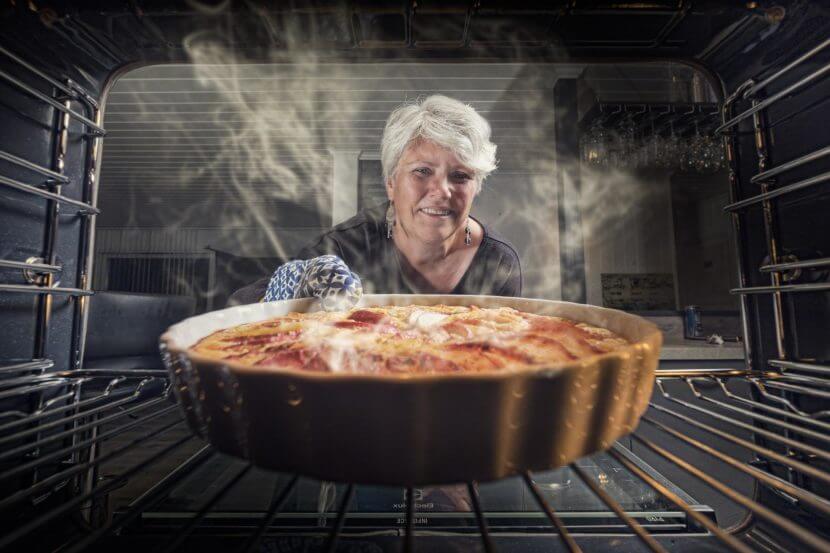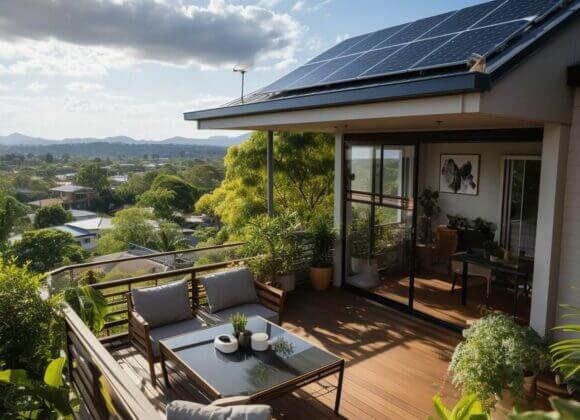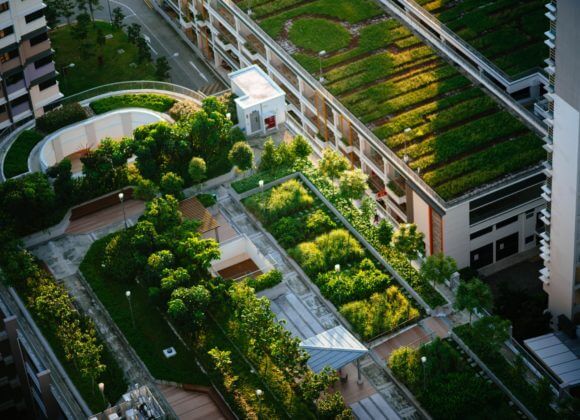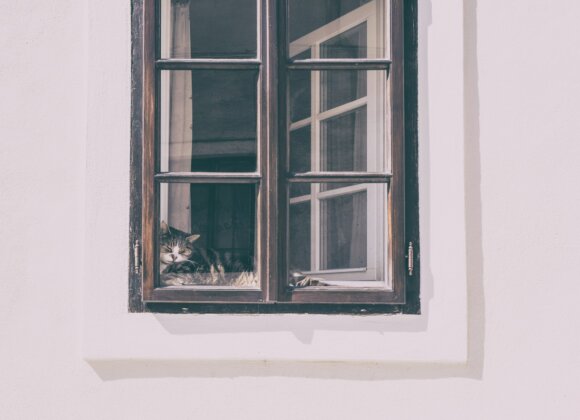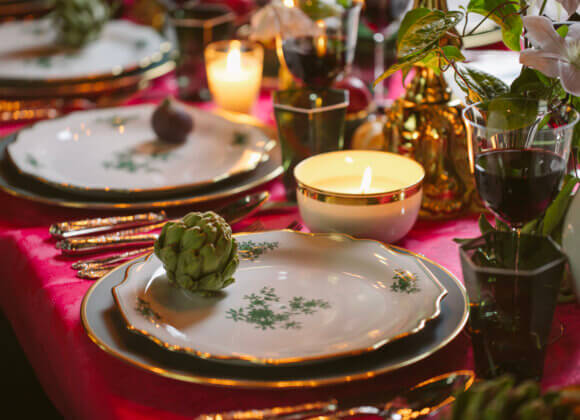How to save energy in the home
Energy consumption in houses and apartments can be reduced even with small measures. This is not only good for the budget, but also for the environment.
Energy prices are rising and rising, and at the same time climate change is more noticeable than ever. So what could be more obvious than reducing energy consumption within your own four walls? Even small measures – apart from thermal refurbishment and heating system replacement – have a major impact. Anyone who wants to know exactly how much electricity is being consumed in their own household has two options: In those households where a smart meter has already been installed, it measures consumption every 15 minutes. The load profile can be read out online the following day. However, the power consumption can also be determined by means of an energy consumption meter.
We tell you how you can save further where:
Ventilate properly
Even when airing the house and apartment can save energy: It is better to open the windows completely for a few minutes than to tilt them for hours.
Heating
Each degree less room temperature saves and six percent energy. If the thermostat is only set to level 3 and not level 5, the energy consumption will also decrease. Fear of freezing because of this, you do not need to be: The room warms up equally quickly in both cases.
Kitchen
If small appliances such as microwave ovens or kettles are used for heating instead of the electric stove, which is considered one of the biggest consumers of electricity in the household, energy consumption drops significantly. There is also potential for savings by covering cooking pots and pans with a lid – this reduces gas and electricity consumption by up to 65 percent. The use of thermal or pressure cookers also reduces energy consumption. Another tip is to always place pots and pans on the stovetop that fits their size. Incidentally, the stove top and oven can be turned off a few minutes before the end of the cooking or baking time; the residual heat is sufficient.
If the convection setting is used instead of top and bottom heat during baking, electricity is also saved – by up to 40 percent. Since the warm air is evenly distributed in the tube, the baking temperature can be reduced by 20 to 30 °C degrees with circulating air. If you refrain from opening the door of the oven again and again, you tap further energy-saving potential. In this case, cooler air enters the pipe, which must then be reheated.
The situation is similar with freezers and refrigerators: If the doors are open for too long, the air heats up and then has to be cooled again. It also makes sense to put frozen foods in the refrigerator to defrost. Namely, they give off the cold to it, thus reducing power consumption. On the other hand, food should be completely cooled before it is placed in the refrigerator or freezer for storage. Freezers and freezer compartments should be defrosted regularly, as the accumulated ice layer increases energy consumption.
Did you know that a quarter of the hot water consumed in households is used in the kitchen – for washing up, for example? Incidentally, if the dishwasher is used for this purpose, less energy is consumed than when washing dishes by hand. It is important to switch on the dishwasher fully first and select the Eco mode for it.
It should be fully loaded, but not too full, and an energy-saving program should be selected. If a washing temperature of 30 to 40° C is selected , which is sufficient for normally soiled laundry, some energy can also be saved – after all, around 70 percent of a washing machine’s energy consumption is accounted for by heating. Ideally, the laundry should then be dried outdoors or in a well-ventilated room. If this is not possible, the Eco program should also be selected for the dryer and the laundry should be spun well beforehand.
Bathroom
Taking a shower instead of a full bath also saves energy. It becomes even more efficient when the water temperature is turned down a little. In the bathroom we also find two more energy guzzlers – washing machine and dryer. The washing machine should be fully loaded, but not too full, and an energy-saving program should be selected. If a washing temperature of 30 to 40° C is selected , which is sufficient for normally soiled laundry, some energy can also be saved – after all, around 70 percent of a washing machine’s energy consumption is accounted for by heating. Ideally, the laundry should then be dried outdoors or in a well-ventilated room. If this is not possible, the Eco program should also be selected for the dryer and the laundry should be spun well beforehand.
Lighting
Switching lamps and luminaires to LEDs – which after all consume up to 80 percent less energy than other light sources – is also an important step toward energy efficiency.
TV, computer and co.
To reduce consumption, it is advisable to avoid standby mode on all electrical appliances. Also disconnect chargers or WLAN routers that are not currently in use from the power supply. For example, a television that is in standby mode for 20 hours a day consumes about 300 watts of electricity.
Landlust: Luxury real estate in the countryside
Urban: Luxury properties Vienna Urban
Villa location: Luxury properties Villa location
For ski fans: Luxurious living for ski fans
On the waterfront: luxurious living on the waterfront
Hotel service: Luxurious living with hotel service
Exquisite view: Luxurious living with an exquisite view
For golf fans: Luxurious living for golf fans
Classic elegance: Luxurious living in classic elegance


